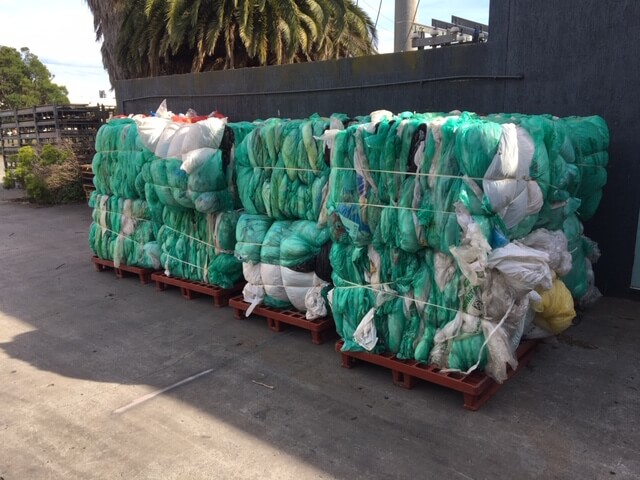SOFT PLASTICS RECYCLING
Soft plastic packaging often contains multiple different plastic types in order to function throughout the supply chain, and offer optimal protection and performance for various products and food items.
However the use of mixed soft plastics creates trouble at end of life, as separation of these materials is incredibly difficult. This means that most recyclers cannot process these mixed soft plastic materials.
Close the Loop (CtL) has worked tirelessly for over 20 years to develop processes, products and markets for complex waste streams like soft plastics, leading the way on the recycling of these materials in Australia and utilising this complex waste stream for use in new value-add products such as TonerPlas® and rFlex®.


